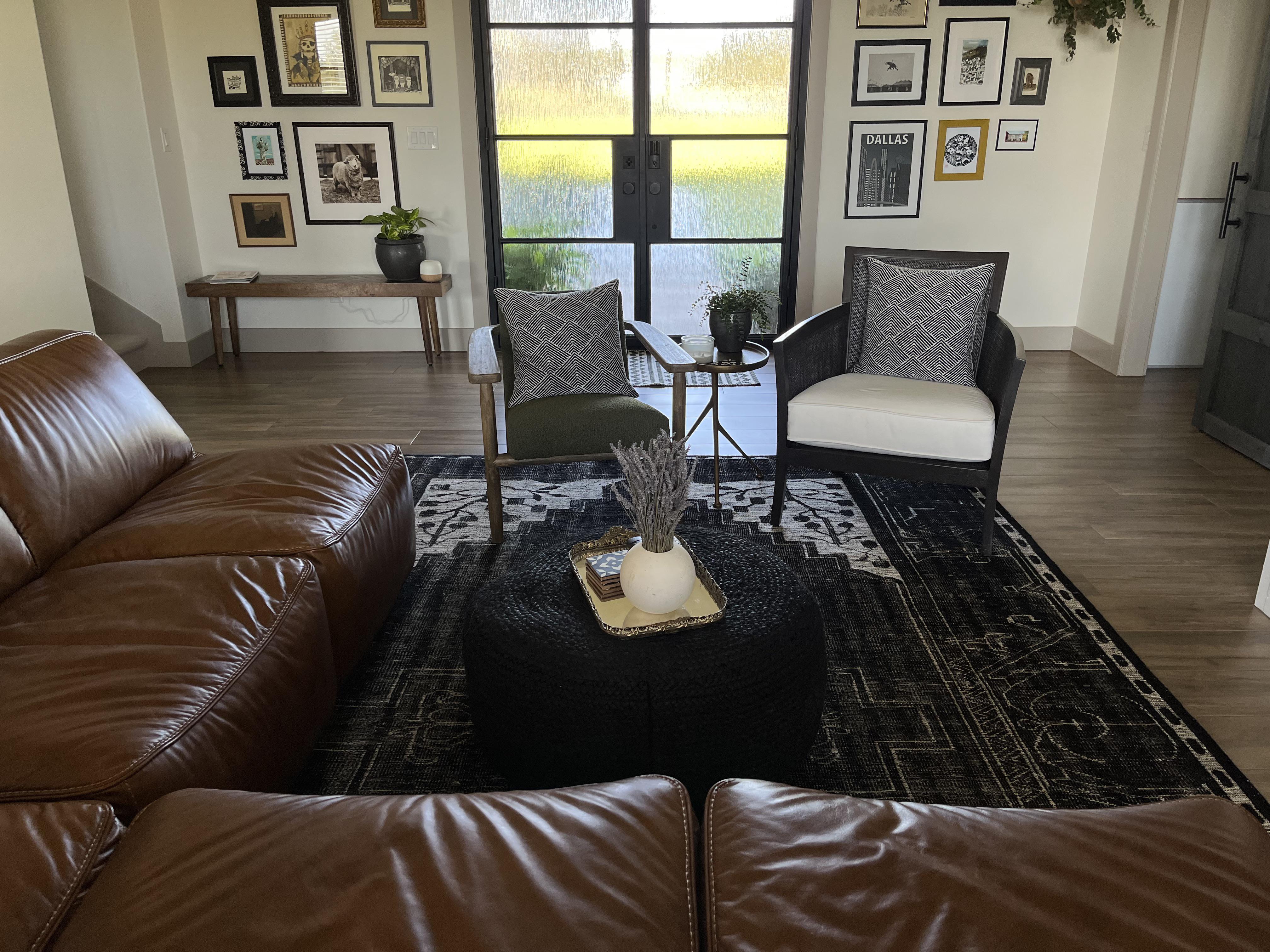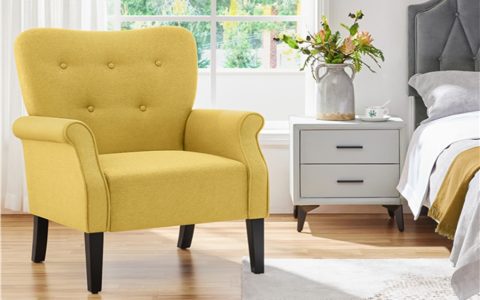Understanding the Double-Sided Chair
A double-sided chair is a distinctive seating furniture piece primarily designed to accommodate two individuals, often in a manner that fosters interaction or provides versatile seating orientations. Its core purpose is to create an intimate or unique seating arrangement within a space, allowing users to face each other, sit back-to-back, or utilize a reversible backrest for adaptable viewing angles.
One prominent form is often referred to as a tête-à-tête (French for "head-to-head"), courting chair, or conversation settee. This design typically encourages face-to-face or close-proximity engagement, distinguishing it from conventional side-by-side seating.
Key Design Characteristics
- Seating Configuration: The most iconic form for interaction is the S-shaped or serpentine arrangement, allowing sitters to face each other partially or fully. Other interpretations include chairs with a central, shared backrest enabling back-to-back seating, or designs featuring a backrest that can be flipped to serve either side of the seat.
- Capacity: Primarily designed for two users, promoting either conversation, shared experience, or efficient use of space with dual orientations.
- Material and Construction: Historically crafted from wood with upholstery, contemporary double-sided chairs utilize a diverse palette including metal, rattan, molded plastics, and performance fabrics. Construction often balances aesthetic appeal with structural demands for its unique form.
- Aesthetic and Functional Impact: These chairs often serve as statement pieces due to their unconventional silhouettes. Functionally, they can define zones, facilitate interaction, or offer flexible seating solutions in various environments.
Common Types and Interpretations
The term "double-sided chair" encompasses several distinct furniture concepts:

- The Tête-à-Tête / Conversation Chair: This is the most recognized type, characterized by an S-curved frame or two conjoined seats that allow occupants to face each other, either directly or at an angle. Its primary function is to facilitate intimate dialogue.
- The Reversible Back Bench/Chair: This design features a single seat base with a backrest that can be pivoted or flipped from one side to the other. This allows seating to face in two opposite directions, commonly seen historically in transport or public seating, and revived in some modern designs for flexibility.
- The Dos-à-Dos Settee (Back-to-Back): This configuration features a central backrest shared by two seats facing in opposite directions. It provides seating for two individuals who are seated back-to-back, offering a degree of separation while sharing a common furniture piece.
Each type fulfills different functional and aesthetic roles, united by the provision of seating accessible or oriented from more than one "side" relative to its core structure.
Applications and Strategic Placement
Double-sided chairs offer versatile utility in various settings:
- Residential Spaces: Ideal as focal points in living rooms, intimate nooks in master suites or libraries, welcoming pieces in large hallways, or for creating conversational areas on patios and in gardens.
- Commercial and Hospitality Environments: Frequently employed in hotel lobbies, executive lounges, waiting areas, boutique retail stores, and museum galleries to add visual interest, guide traffic flow, or provide unique resting spots.
- Space Definition: Effectively used to subtly divide larger open-plan areas, create distinct zones for different activities, or maximize seating options in constrained spaces.
Key Considerations for Selection
When choosing a double-sided chair, several factors warrant careful thought:
- Spatial Context: The chair's overall dimensions must be appropriate for the intended room or area. Some designs can be visually dominant and require ample space.
- Intended Function: Clarify whether the primary need is for conversation, flexible viewing, a decorative statement, or space division. This will guide the choice of type and style.
- Aesthetic Cohesion: The design style (e.g., Victorian, Art Deco, Mid-Century Modern, Contemporary) should harmonize with the existing interior or exterior décor.
- Comfort and Ergonomics: For chairs intended for regular use, consider seat height, depth, back support, and cushioning to ensure user comfort.
- Material Suitability and Durability: Especially for outdoor applications or high-traffic commercial use, the choice of materials should prioritize resilience, ease of maintenance, and longevity.







